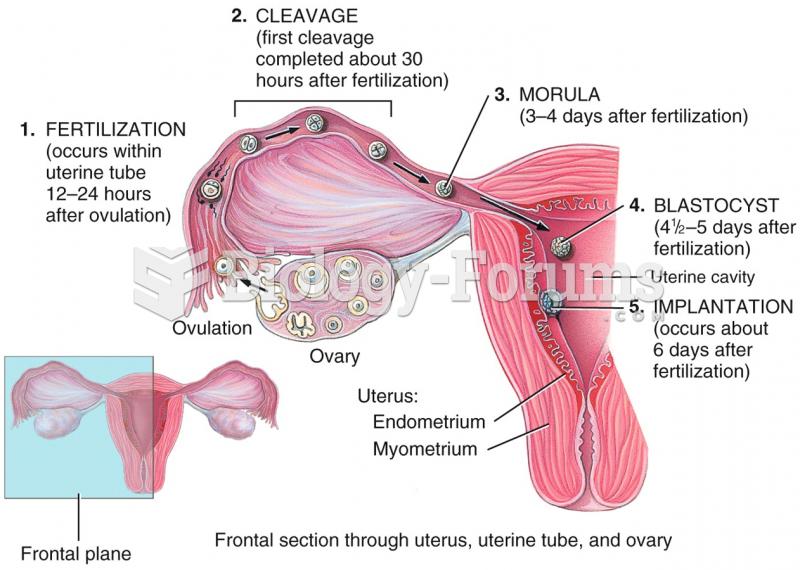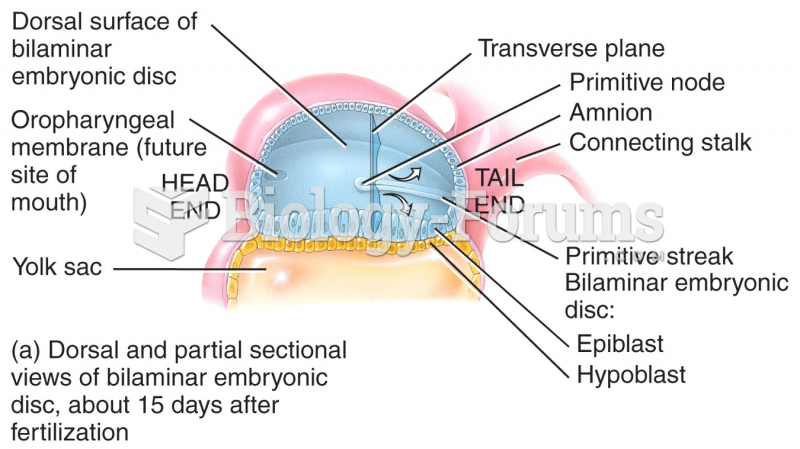|
|
|
Did you know?
There are more bacteria in your mouth than there are people in the world.
Did you know?
Asthma cases in Americans are about 75% higher today than they were in 1980.
Did you know?
The term pharmacology is derived from the Greek words pharmakon("claim, medicine, poison, or remedy") and logos ("study").
Did you know?
Green tea is able to stop the scent of garlic or onion from causing bad breath.
Did you know?
The Centers for Disease Control and Prevention (CDC) was originally known as the Communicable Disease Center, which was formed to fight malaria. It was originally headquartered in Atlanta, Georgia, since the Southern states faced the worst threat from malaria.







